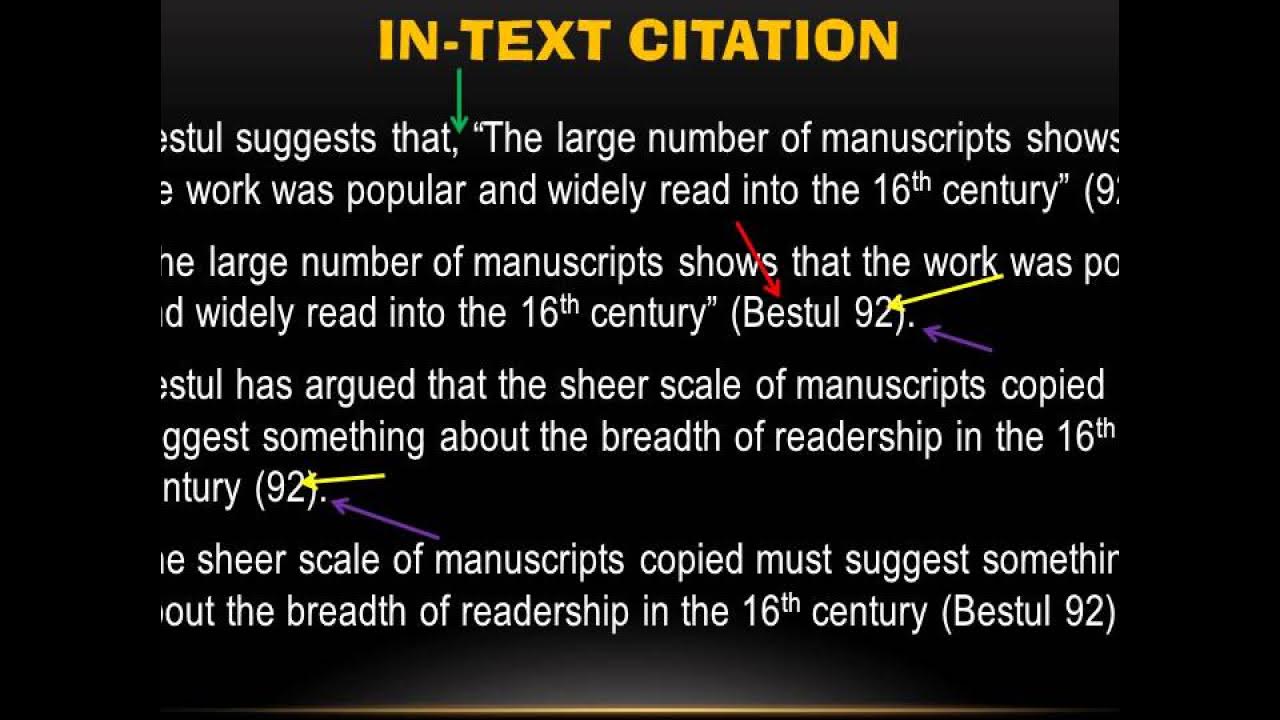Identifying Bias
Summary
TLDRThis tutorial educates students on identifying biases in online sources, emphasizing the importance of scrutinizing web addresses. It warns against sites ending in .com, .org, and even .edu, illustrating this with an example of a misleading site about Martin Luther King Jr. The video introduces four key strategies for web research and highlights the Indiana Memory digital archive as a trusted educational resource, urging students to be critical and aware of online information.
Takeaways
- 🔍 Students face challenges in recognizing bias in web sources while researching topics like the civil rights movement.
- 🌐 The internet provides a vast amount of information, but discerning legitimate sources from biased ones is crucial.
- 📚 A key tip is to examine the web address; sites ending in .com may be independently owned and potentially biased.
- 🏛️ Sites with .gov or .edu endings are typically more reliable as they are often affiliated with government or educational institutions.
- ⚠️ Even .org websites can be questionable; an example given is a site that misinforms about Dr. Martin Luther King Jr.
- 📖 The deceptive website mentioned in the script hosts a 'suggested books' section that includes texts unrelated to Dr. King, including one by a known white supremacist.
- 🧐 Students should be taught to critically evaluate the content and the credibility of the sources they find online.
- 🏛️ The script uses a problematic website as a teaching tool to illustrate the importance of careful internet research.
- 🌐 The presence of loaded language on websites can be a red flag indicating bias or misinformation.
- 📚 Indiana Memory is highlighted as a trusted educational resource and digital archive for students to explore Indiana's history.
- 📘 The tutorial encourages students to be aware and critical of online sources, suggesting strategies for evaluating web research.
Q & A
What is the main focus of this tutorial?
-The main focus of this tutorial is to teach students how to identify bias when examining sources on the internet.
Why might students struggle with recognizing legitimate web sources?
-Students might struggle with recognizing legitimate web sources because they have limitless access to information but may lack the skills to discern biased, inaccurate, or misleading content.
What is a key tip given to students for identifying bias in web addresses?
-A key tip is to caution students about web addresses, as sites ending in '.com' instead of '.gov' or '.edu' are independently owned and may present biased information.
Why can websites ending in '.org' also be questionable?
-'.org' websites can be questionable because they are not necessarily affiliated with government or educational institutions, and their content might be influenced by personal or organizational biases.
What is an example of a misleading website mentioned in the script?
-An example of a misleading website is 'www.MartinLutherKing.org', which appears to be a historical website but actually promotes misinformation and is associated with white supremacist content.
What is the significance of the text 'Autobiography of David Duke' being listed under 'suggested books' on the mentioned website?
-The inclusion of 'Autobiography of David Duke' under 'suggested books' is significant because it indicates the website's intent to misinform and mislead, as Duke is a known white supremacist and not related to Dr. Martin Luther King Jr.
What is the role of Stormfront in relation to the website discussed in the script?
-Stormfront is mentioned as the host of the website and discussion board, indicating that it is a platform for white supremacists and further suggesting the biased nature of the website's content.
What is the purpose of discussing the loaded language on the website?
-Discussing the loaded language on the website serves to illustrate how certain words and phrases can be used to misinform and sensationalize, which is a technique often employed by biased sources.
What are the four key web research strategies mentioned for students?
-The script does not explicitly list the four key web research strategies but implies that they involve critical evaluation of online sources, awareness of potential biases, and the ability to discern credible information.
What is Indiana Memory and how does it relate to the tutorial?
-Indiana Memory is a trusted educational resource and digital archive that provides students with access to Indiana's historical collections, serving as a model for reliable sources in contrast to the biased website discussed.
What is the final recommendation for students at the end of the tutorial?
-The final recommendation for students is to watch this tutorial and explore others on Indiana Memory's website to enhance their understanding of critical web research strategies.
Outlines

このセクションは有料ユーザー限定です。 アクセスするには、アップグレードをお願いします。
今すぐアップグレードMindmap

このセクションは有料ユーザー限定です。 アクセスするには、アップグレードをお願いします。
今すぐアップグレードKeywords

このセクションは有料ユーザー限定です。 アクセスするには、アップグレードをお願いします。
今すぐアップグレードHighlights

このセクションは有料ユーザー限定です。 アクセスするには、アップグレードをお願いします。
今すぐアップグレードTranscripts

このセクションは有料ユーザー限定です。 アクセスするには、アップグレードをお願いします。
今すぐアップグレード5.0 / 5 (0 votes)






